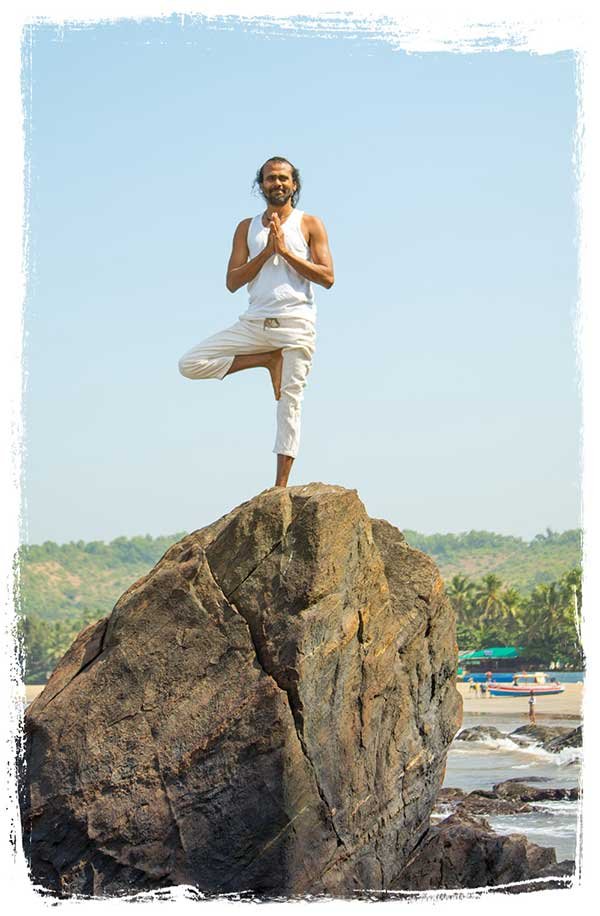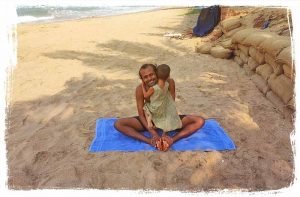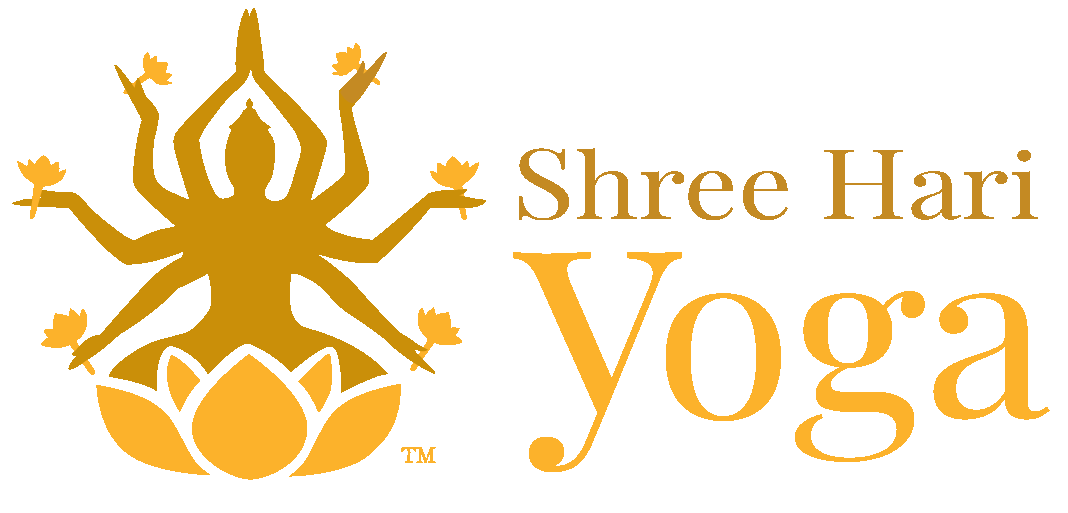Six Best Hatha Yoga Poses for Beginners

We all have heard countless times that regular exercise is great for your body, mind, and soul. Weakness, anxiety, and low strength stop you from reaching your full potential. Exercising regularly has been proven to have several health benefits, both physically and intellectually.
And when it comes to exercise, Hatha yoga is the best form of it that works not only on your flexibility but also on your strength. Before we learn about the best hatha yoga poses, let us first understand in detail what hatha yoga is and what is its significance.
What is Hatha Yoga?
Hatha Yoga is a popular physical branch of yoga, also known as the yoga of postures. It uses physical postures and breathing techniques to build a healthy body and mind and help you achieve peace and serenity.
By doing Hatha Yoga you can free the negative force and stress from your body which is responsible for creating an imbalance in it. It is a form of yoga that begins with your body, leads to the breath, works on the mind, and eventually settles on your soul.
When you first begin with Hatha yoga, you may discover that some of the asanas are not that easy for you to perform. You may find that you are struggling a little or you are simply not able to perform the asanas properly. In that case, the question arises, can beginners do hatha yoga? Of course yes!
Here are some hatha yoga poses that have great benefits and are easy for beginners to learn with the help of online tutorials:
1. Tadasana, also known as the mountain pose

The mountain pose or Tadasana often forms the base of all the asanas. This is the most basic level pose that belongs to Hatha yoga style and has numerous benefits.
It is one such form of pose that can be performed alone or in between two asanas to let you avail the benefits of the past asana and prepares for the subsequent one. You can perform this pose any time of the day but performing it on the empty stomach can be effective.
Tadasana helps in improving the posture by strengthening your knees, joints, and hams. It firms the abdomen, improves blood circulation and eliminates stress from the body. It keeps you refreshed and active all day long. It is a great asana for achieving tranquillity, strength, and mobility.
2. Adho Mukha Svanasana

Adho Mukha Svanasana or the Downward Facing Dog Pose resembles a dog bending forward.
This may sound absurd but only till you know the goods it holds. It is a simple and relaxed pose that a beginner can perform easily.
Adho Mukha Svanasana poses will help by toning the muscles of your arms and legs and helps stretch your spine. It will improve the blood circulation to your head and soothes the mind. Not only this, but it can also help cure severe headaches, fatigue, and anxiety, making you feel confident and strong.
3. Vrikshasana, also known as the Tree Pose


One of the most important Hatha Yoga Asanas for beginners, Vrikshasana emerges from the Tadasana.
Vrikshasana has also termed the tree pose as it replicates the smooth, steady posture of a tree. Unlike most yoga postures, one has to keep the eyes open in order to balance the body in Vrikshasana.
It is a remarkable pose that leaves you rejuvenated and improves your balance. It helps in stretching the legs, back, and arms, and refreshes you. It will increase your concentration, improve your self-esteem and confidence, and leave you feeling completely revitalized.
4. Paschimottanasana

Paschimottanasana is a Sanskrit term which is known as the Seated Forward Bend Pose in English. This traditional Hatha Yoga form possesses loads of benefits and is one of the most efficient poses that helps in stretching the entire body.
Paschimottanasana should be performed early in the morning for great results.
The Seated Forward Bend Pose is a great stress buster. The posture alleviates tension in the back muscles, reduces belly fat, tones your arms, and stretches your hips. Not only this but it also helps in calming your mind by reducing anger and irritability.
5. Baddha Konasana, also known as the cobbler pose


Baddha Konasana or the Cobbler Pose is an asana that resembles a cobbler performing his daily chores.
The Cobbler Pose is a basic form of Hatha Yoga pose and is so easy that anybody can do it. It gives both your inner hams and groin a great stretch. It also improves the flexibility of your hips, knees, ankles, and feet.
It’s hard to believe but this single asana helps improve blood flow throughout the body. This pose is even more helpful to women, as it helps relieve menstrual pains, boosts fertility, eases childbirth, and reduces the signs of menopause. Isn’t that amazing!
6. Shavasana, also known as the corpse pose

There needs to be a period of relaxation at the end of every yoga session. Shavasana is called the corpse pose as the body resembles a corpse.
You have to pretend like a corpse that is free from all stress allowing all the muscles in your body to relax.
This pose is performed on your back and may not even look like a yoga pose at first. This posture helps in achieving a deep state of rest, repairs the tissues and cells, and helps in releasing anxiety.
Lastly,
There are many more hatha yoga poses that you can try, but by beginning with these you can develop the strength and flexibility to perform a number of poses later. If you aren’t certain that you are performing a pose correctly, consider seeking help from a yoga instructor to make sure that you are performing the poses correctly.
What is the difference between Hatha Yoga and Vinyasa Yoga?
Vinyasa is a “flow” of asanas or movements that happen continuously one after another. It can be mainly constructed in two ways
Hatha Yoga, on the other hand, is classical yoga that comprises a series of asanas that are done with more breaks and involve holding the postures for longer.
The key differences between the two are:
Vinyasas are continuous whereas Hatha Yoga focuses more on holding the postures for longer periods of time.
Vinyasas like in Ashtanga Vinyasa Yoga are more intense and are often considered to be an advanced practice whereas Hatha Yoga can be done by people of all ages and physical capabilities.
However short Vinyasas can also be incorporated in your Hatha Yoga practice, if you so wish, where you move from one asana to the next without any breaks in between but HOLD each asana for a few breaths.

If you want to practice advanced hatha yoga, join 100 hour hatha yoga teacher training.


